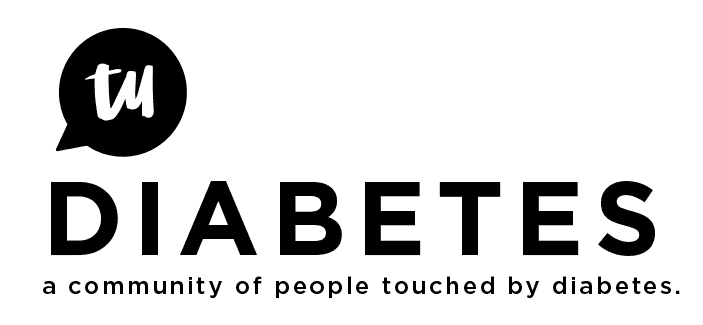This would be a perfect time to ask about wearing one of those professional only CGM’s that many doctors offices use. They put it on and for the week of so all blood sugars are logged into the system. Main problem for many is you don’t see the numbers until they down load at the office. I think this is a perfect case for seeing what is actually happening after every meal. And don’t just ask for one, demand it. It is your life and this isn’t some crazy expensive test. It’s very easy. I would love to see what the results are after wearing it. Good luck and as we have all said, sometimes you have to be pushy and demand.
My combined insurer/clinic (Kaiser) would not provide me a temporary CGM, but eventually decided that setting me up with my own was appropriate, because of my many unrecognized lows. I just had to promise to actually use it most of the time, which turned out to be easier than not - you can’t remove and replace a sensor, so you don’t remove it until it (Dexcom) refuses to work after a week.
Technically it is not so much refusing to work as the transmitter does an auto stop of the sensor due to the sensor being FDA approved for 7 days.
At that point whether you choose to restart that same sensor or to remove the old sensor and put a new sensor on - is really up to you.
Much or most of what they do because of FDA certification is problematic.
Why do they write software for specific phones rather than for operating
systems? FDA rules. I’ve told them repeatedly that what they most need is a
good lobbyist.
mh
Bill - what you have is very common. Your pancreas on some days releases more insulin than on other days. Why this is happening could be a number of reasons but one is a fluctuating minor auto-immune attack. To be honest, while the “why” is interesting there is not much we can do about auto-immune attacks.
Whats important is to monitor this, as it could get really bad or it could go away. In either case you will have beta cell damage and as a result you won’t be producing enough insulin.
There are a number of ways to compensate for the loss of insulin. Exercise to increase insulin sensitivity is one. Reducing carbs to lower the meal time first phase insulin demand is another. In most cases these will not compensate enough but there is a chance but if you are LADA you will want to be proactive.
The great news is you have done what most people do not. You have caught this early. The best way to replace the insulin production you have lost, is to add insulin at meal time. You will want to blunt the meal time spike you are seeing and keep it under 140. The easiest way to do this is with a human insulin called afrezza. Its the exact same human insulin molecule which is secreted by the pancreas so it mimics meal time insulin release by the pancreas.
There are some nice graphs in this paper and IMO worth the read http://www.seventhform.com/vdexdownloads/vdex-whitepaper-072817.pdf
Here is some better news for you. We are seeing great news out of a study being done in Qatar. They are keeping non-diabete range 70-140 and are seeing beta cell regeneration. They are using GLP-1/TZDs to keep this range. Al Mann reported the same years ago using afrezza. The key is keeping the tight range and the bodies natural way to do this is insulin.
Also, I personally really like the Abbott Libre which is not yet approved in the U.S. for personal use but you can get them on ebay for about $80 and it lasts two weeks. You will want to do 24/7 BG profiling and this will save a lot of finger pokes and give you a real profile. Keep a food/activity log so you can correlate with the Libre’s readings. All those tests you have done are nice but until you have the 24/7 profile for at least 2 weeks, 4 would be better, you are just guessing. There is no need to guess in 2017 when we can measure in real time.
